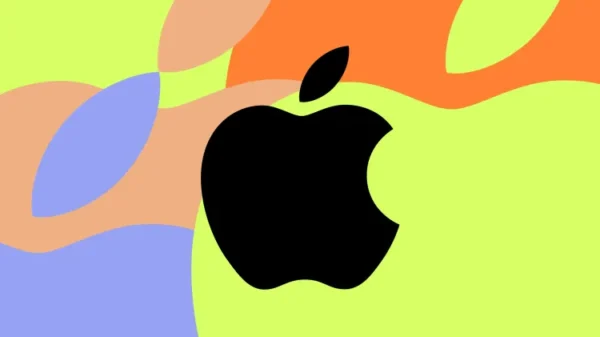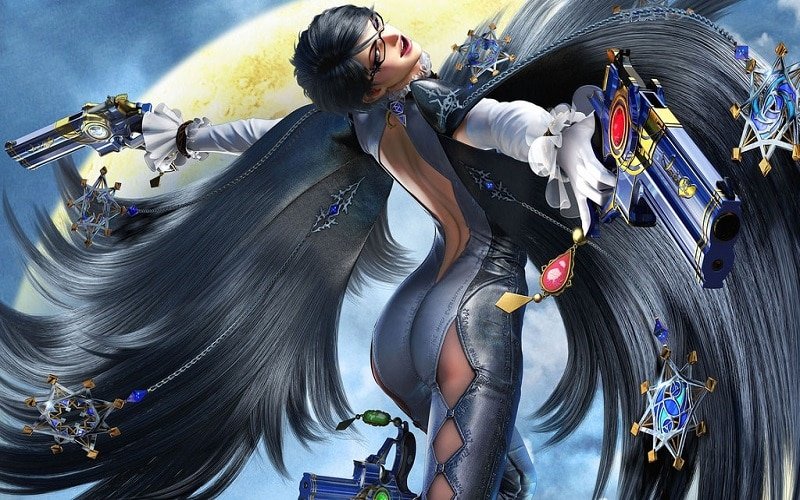About two years ago, I read an article about an interview with a Platinum Games developer who spoke on the stylistic differences between Japanese and American game design. I don’t remember the developer’s name, nor do I remember the exact quote, so I’m not going to attempt to dig it out of the rubble of 2.5 years’ worth of games journalism. But I don’t need to, because the quote that caught my ear there wasn’t even close to the point of the article. And I think I remember it well enough.
The interviewer asked the developer something along the lines of how he intended to market the game to American audiences, and asked him whether he thought the game’s hyper-flashy design would be a turn-off to players. And the developer responded by insisting that his exact question pointed out a key difference between American and Japanese audiences when it comes to game design.
It went something like this: We put a giant dragon monster in a cave and had you fight it. We did this because the giant dragon monster looked cool and was fun to fight. But if I pitched the same idea to a bunch of American game designers, or a bunch of American players, they’d start asking questions: How’d the monster get in the cave? Why is it in there? What has it been waiting for?”
And I think this (clumsily) paraphrased line reflects strongly on a lot of the stylistic differences between cultural game design, at least for Japanese vs American design. The key difference is that while American players are willing to suspend their disbelief a fair amount, I’m not sure if Japan has disbelief, to begin with.
Take Platinum Games, for example, who was probably among the best and most deserving game developers to deliver a line like this one. Their most famous title, Bayonetta, depicts a bizarrely-proportioned dominatrix British woman who hunts demons using – stay with me – her hair. During the game, most of her clothing is comprised of her extremely long hair, but she also uses it to attack. Which means the larger her attacks get, the less clothing she’s wearing.
Yeah.
And while this level of wild creativity/sexuality might draw a good bit of attention, overexposure to it can lead to something I like to call the Syndrome Effect.
And when I say Syndrome Effect, yes, I’m talking about this lovely dude from The Incredibles. I’m also talking about one of his more well-known quotes: When everyone’s super, no one is.
In the film, Syndrome referred to his plan to sell his hyper-tech inventions later in his life to become rich, and by doing so, bring upon the death of superheroes from a philosophical level: If he gave everyone the ability to perform superhuman feats, they would cease to be “super” or special, thus people would no longer care about “superheroes” and they would become obsolete.
And if you’ve played a game like Bayonetta, or most any Platinum Games title, you’ll notice a similar effect start to set in: While everything may initially seem crazy and fantastical, that effect wanes really quickly as what was once crazy becomes the new normal. This makes things more and more difficult moving forward: To impress players further, designers have to up the ante again, and again, and again — which can quickly take all the tension and drama out of a story that was once quirky and believable.
This tends to be where that American side of things – taking the time to ask “how” and “why” – can help make stories more emotional. The recent God Of War (PS4) is a great example of this, as it did what many designers are afraid of doing: It toned down the level of insanity normally seen through its titles to create an experience that was more grounded and emotionally resonant.
And due in large part to this decision to opt for a more mature and refined style, God of War (PS4) was a fantastic game. But Bayonetta 2, which took Bayonetta 1’s Turn-It-Up-To-Eleven style and turned that up to eleven, was also a fantastic game. American and Japanese game design seems to reflect the two extremes of believability versus unbelievability.
See here – Upcoming American indie survival title SCUM prides itself on its hyper-realistic engine that tracks how many teeth you have, and upcoming Japanese title Devil May Cry 5 released footage earlier today showing its main character running down enemies on a motorcycle, jumping off the motorcycle, transforming it into two massive blades, chopping a few enemies to bits, reforming the motorcycle and going on his way.
It’s interesting how Japan and America have developed such different ideas when it comes to what is and what isn’t appropriate in game design. Even more interesting is I’m not sure what aspects of either culture have influenced this split, as if anything, Americans seem much more culturally ready and willing to ‘YOLO’ things than the Japanese. Still, it’s a welcome difference that can prove useful as each gamer decides for themselves what kind of games they like best, and tests how far they’ll willing to push their own disbelief before it breaks.




































Alyssa
August 23, 2018 at 10:08 pm
This is so fascinating, I never thought about those distinct differences, but both countries make amazing games.
Maya Asregadoo
September 7, 2018 at 3:35 am
Interesting!